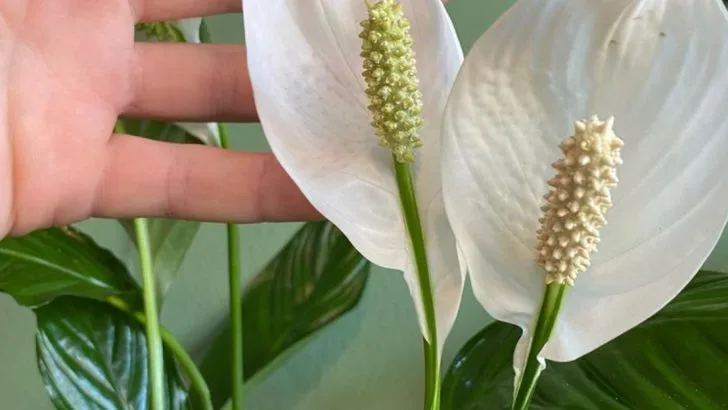Coffee grounds are often praised as a natural fertilizer, but not all houseplants appreciate this popular home remedy. While some plants thrive with the extra boost of nitrogen and organic matter, others can suffer from imbalanced soil conditions and even root damage.
In this article, we uncover 10 houseplants that benefit from coffee grounds — and 10 plants that should definitely steer clear. Knowing which plants love (or hate) this kitchen leftover can help you nurture a healthier, happier indoor garden.
Give your plants the right care and avoid common mistakes by learning exactly where your coffee habit can help — and where it can hurt!
Snake Plant (Sansevieria)
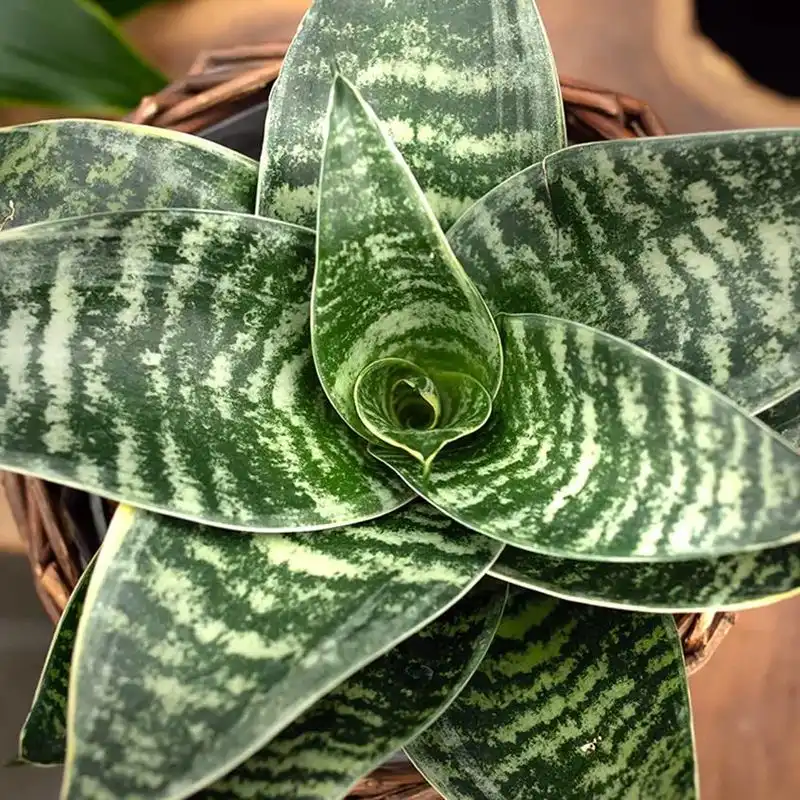
Snake plants are often celebrated for their resilience and ability to thrive in various conditions. While they are low-maintenance and can survive neglect, their aversion to coffee grounds may surprise some. The acidity in coffee can disrupt their growth, leading to discolored leaves.
If you’re keen on fertilizing your snake plant, opt for balanced, gentle fertilizers instead of coffee. This ensures the plant maintains its iconic upright stature without stress. It’s fascinating how a plant so forgiving can be sensitive to such a common household item.
Avoid the temptation to sprinkle coffee grounds and keep the soil well-draining instead.
Spider Plant (Chlorophytum comosum)
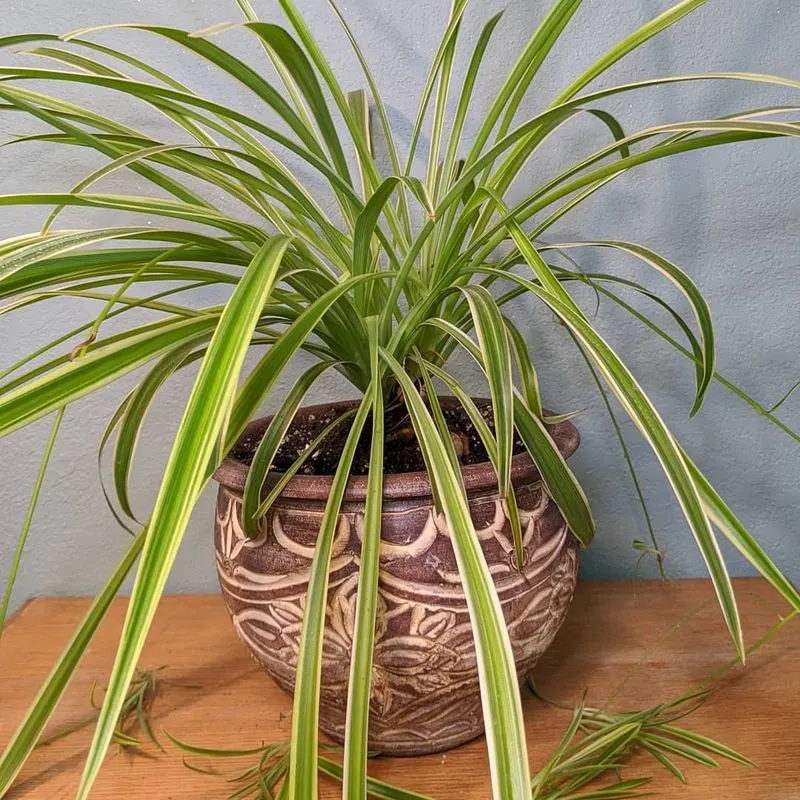
Spider plants are known for their distinctive arching leaves and air-purifying qualities. Yet, they shy away from coffee grounds, which can lead to root rot. These plants thrive in well-drained soil and prefer a slightly alkaline to neutral environment.
Instead of coffee, consider using diluted liquid fertilizers that support their vibrant green foliage. Spider plants’ repulsion to coffee might seem counterintuitive given their robust nature, but their roots are sensitive.
To keep your spider plant healthy, ensure ample indirect sunlight and avoid overwatering, especially with coffee-enhanced mixtures.
Peace Lily (Spathiphyllum)
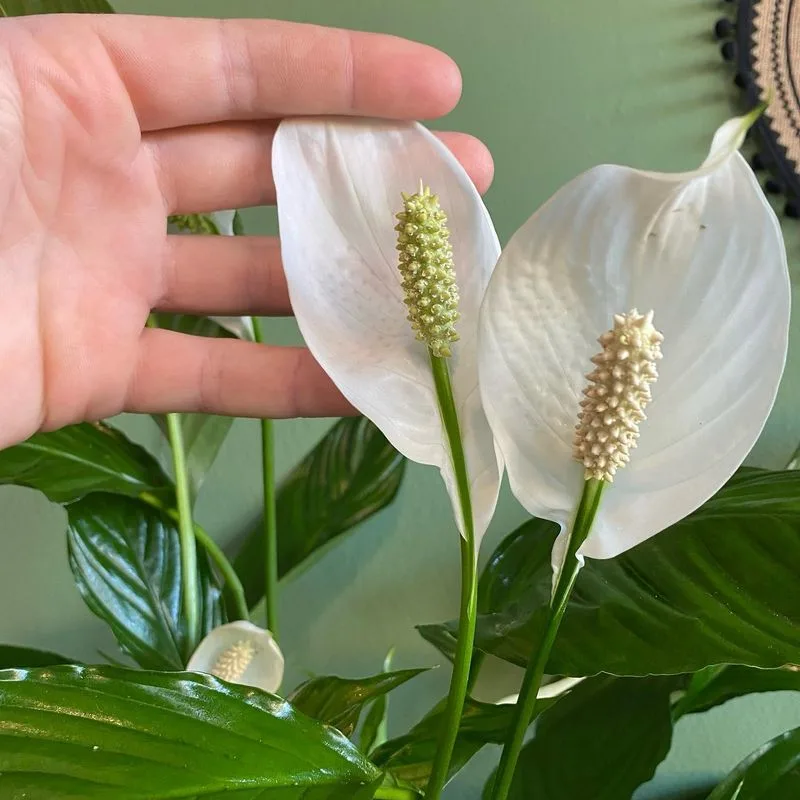
Peace lilies are adored for their elegant white blooms and lush foliage but are not fond of coffee grounds. The acidity can alter soil pH, affecting nutrient uptake and bloom production.
For those wishing to see their peace lilies flourish, consider using peat-based soil with periodic waterings. While they tolerate low light, their disdain for coffee should be noted by indoor gardeners.
By avoiding coffee grounds, the peace lily retains its grace, enhancing spaces with its calming presence. Keep the environment consistent, and you’ll witness its vitality without the risk of browning edges.
Fiddle Leaf Fig (Ficus lyrata)
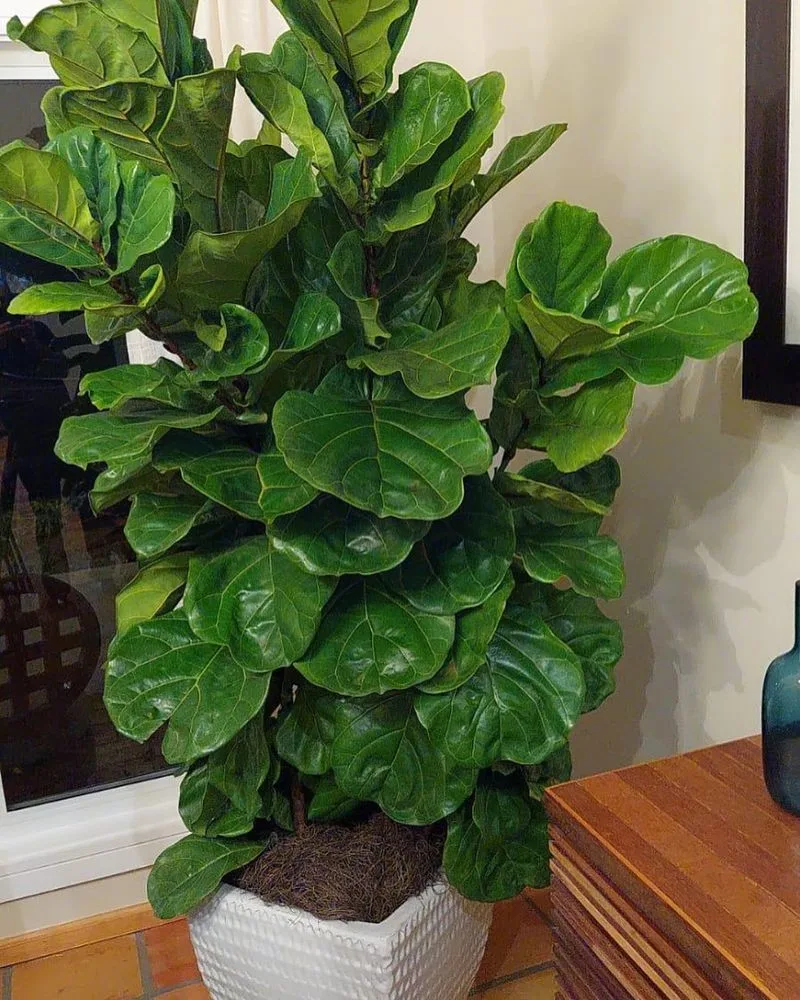
The fiddle leaf fig stands as a statement piece in many homes, but coffee grounds are not its friend. The delicate balance of moisture and pH levels could be disrupted by the grounds, leading to leaf drop.
To nurture this plant, focus on consistent watering and provide ample indirect sunlight. Avoid over-fertilizing, especially with coffee, to preserve its majestic foliage.
The fiddle leaf fig’s dislike for coffee grounds highlights its need for stability and care, making it an aesthetically pleasing yet demanding companion in any home decor.
Aloe Vera
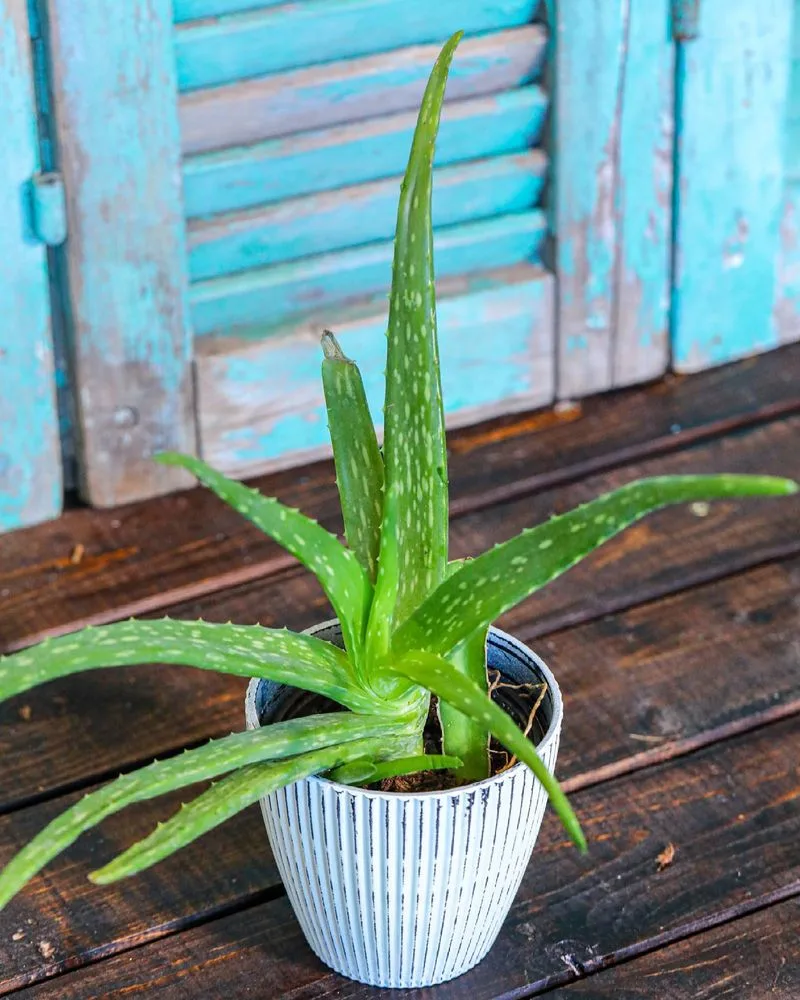
Aloe vera, a staple for those seeking easy-to-care-for houseplants, surprisingly doesn’t gel with coffee grounds. The plant prefers a dry, arid environment, and the moisture-retentive nature of coffee grounds contradicts its needs.
Instead, opt for sandy soil mixes that mimic its natural habitat, ensuring the roots remain dry and aerated. Aloe’s aversion to coffee sheds light on the importance of understanding individual plant preferences.
By steering clear of coffee grounds, aloe vera maintains its health, ready to offer its soothing gel for minor burns and skin irritations, a practical plant in every sense.
Begonia
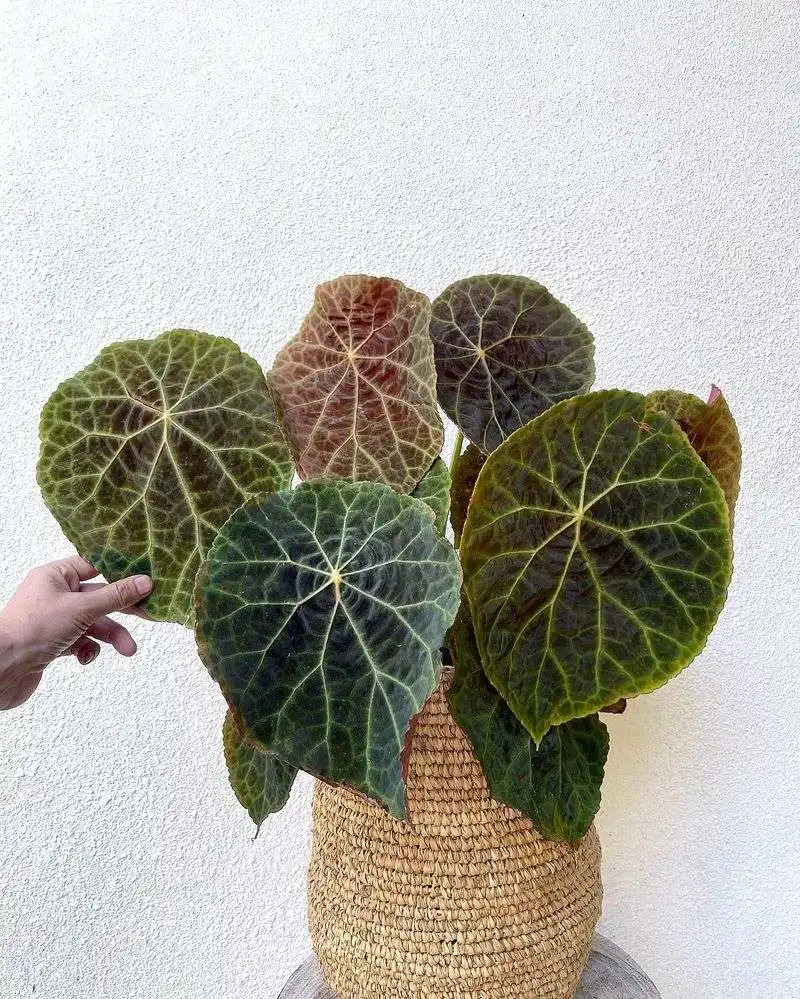
Begonias, with their striking blooms, favor slightly acidic to neutral soil. However, the intensity of coffee grounds’ acidity can overwhelm them, leading to yellowing leaves and inhibited growth.
For blooming success, moderate watering and using organic matter like compost rather than coffee is recommended. Begonias’ sensitivity to coffee showcases their need for balanced care.
These plants add color and charm, but keeping coffee grounds out of their soil ensures they remain vibrant and showy, gracing your indoor or outdoor spaces with their vivid presence.
Orchid
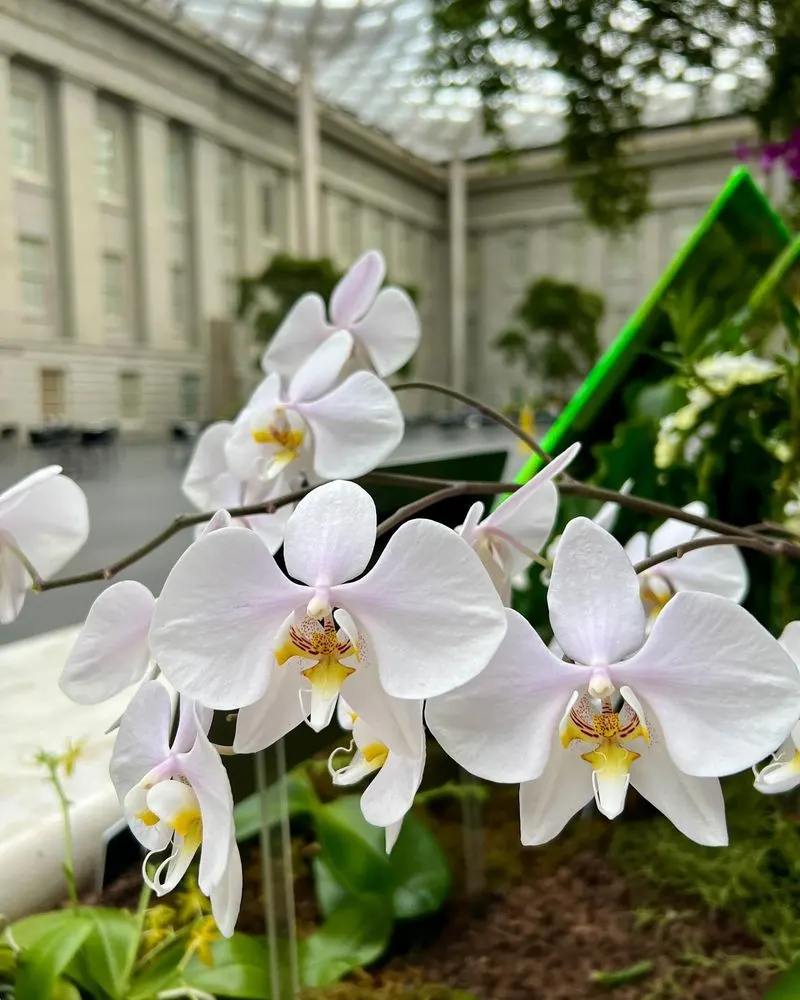
Orchids are the epitome of exotic beauty but are quite particular about their care, including a strong dislike for coffee grounds. The grounds can retain excess moisture and acidity, both detrimental to orchids.
To keep orchids thriving, provide a specialized orchid mix that ensures good aeration and drainage. Their aversion to coffee is a reminder of their unique needs.
Whether you’re a novice or experienced plant owner, respecting the orchid’s preferences will reward you with breathtaking blooms that captivate and bring elegance into any setting.
Succulents (General)
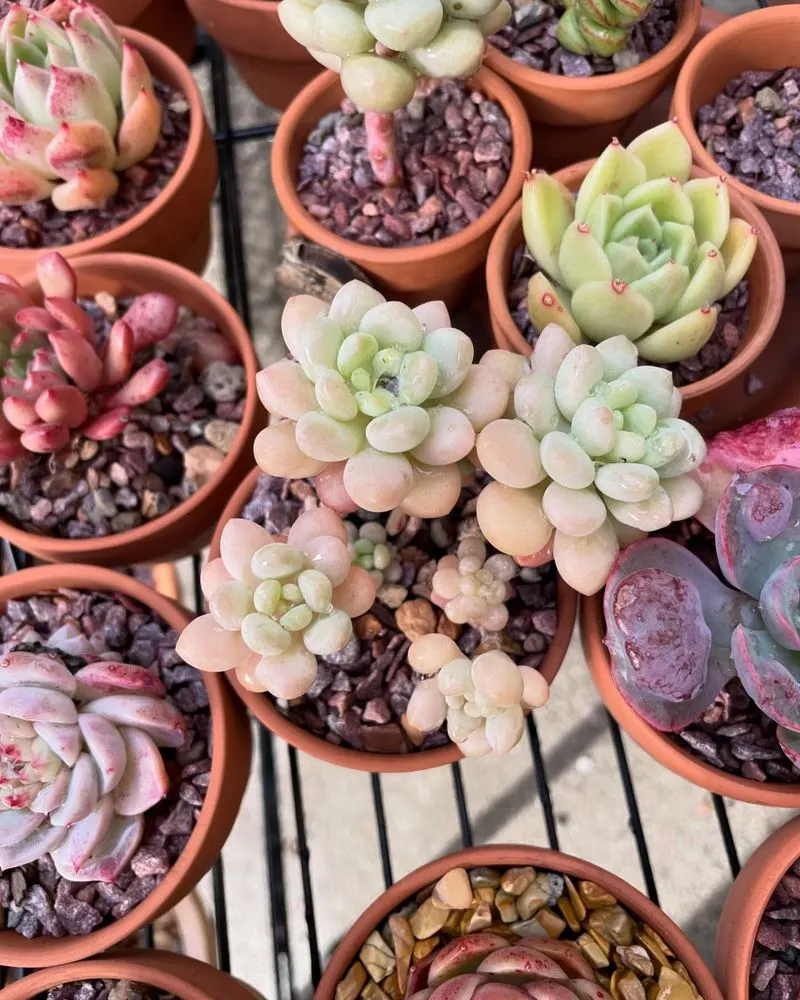
Succulents are adored for their drought-resistance and architectural beauty, yet coffee grounds are unsuitable for them. The grounds retain moisture, which can lead to root rot, a common issue in succulent care.
Selecting well-draining soil and avoiding excess moisture are essential. This includes steering clear of using coffee grounds as a soil amendment.
By understanding their preference for dry conditions, you can enjoy the endless variety succulents offer without risking their health. These adaptable plants thrive when their natural habitat is mimicked, minus the coffee addition.
Bamboo

The elegant bamboo plant stands as a symbol of peace and prosperity, yet coffee grounds should not be part of its care routine. Their high nitrogen content can be too much for bamboo, impacting its growth.
Instead, focus on regular watering and indirect light to keep bamboo vibrant. Understanding its preferences helps maintain its sleek appearance and thriving nature.
While bamboo is adaptable, respecting its dislike for coffee grounds ensures it remains a tranquil and green element in any space, embodying serenity without the need for coffee interventions.
Herbs (General)
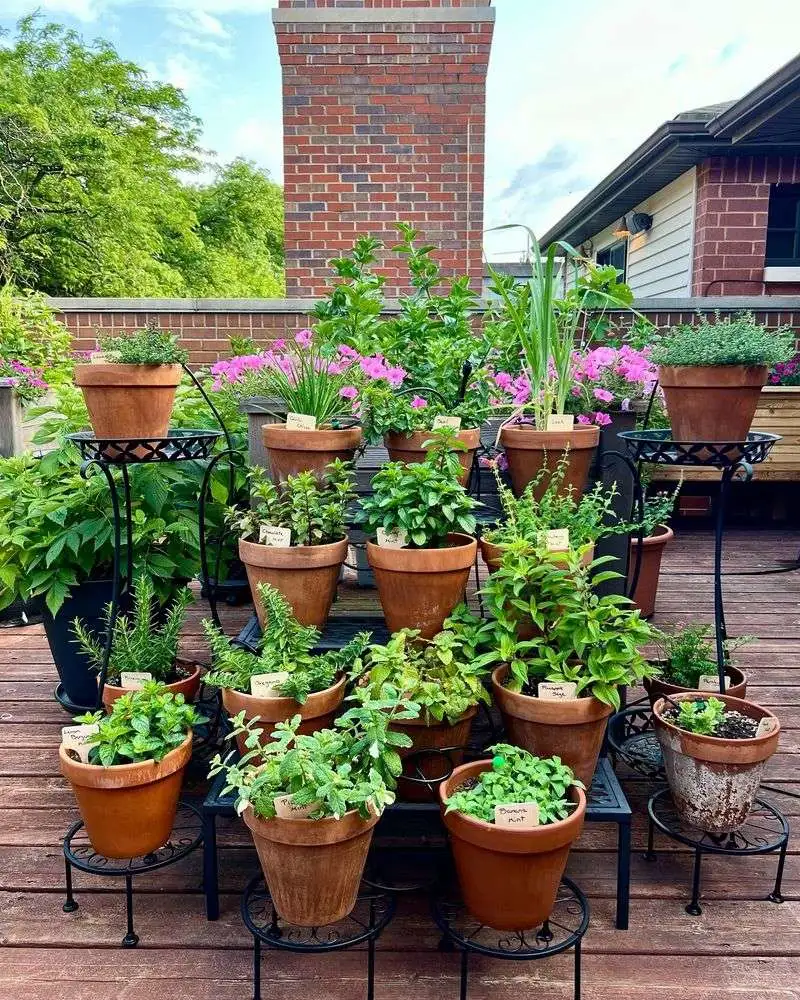
Kitchen herbs such as basil, mint, and rosemary may seem hardy, but coffee grounds can disrupt their growth. The grounds can alter soil pH and moisture levels, which are crucial for herb vitality.
For thriving herbs, use well-draining soil and moderate the frequency of watering. Avoid coffee grounds to prevent any negative effects on their flavor or growth.
By aligning with their natural needs, these herbs will provide fresh and aromatic additions to your cooking, ensuring your kitchen garden remains a productive and delightful asset without coffee interference.
Azalea

Azaleas thrive in slightly acidic soil, making coffee grounds a perfect addition to their care routine. The grounds enhance the soil, providing the acidity azaleas adore.
Regularly adding coffee not only helps azaleas bloom more vividly but also improves soil texture, ensuring proper drainage and nutrient uptake. Embrace their love for coffee grounds to enjoy lush, colorful displays.
These flowering shrubs make a statement in gardens and homes, and their love for coffee is a delightful surprise for those keen on sustainable gardening practices.
Roses
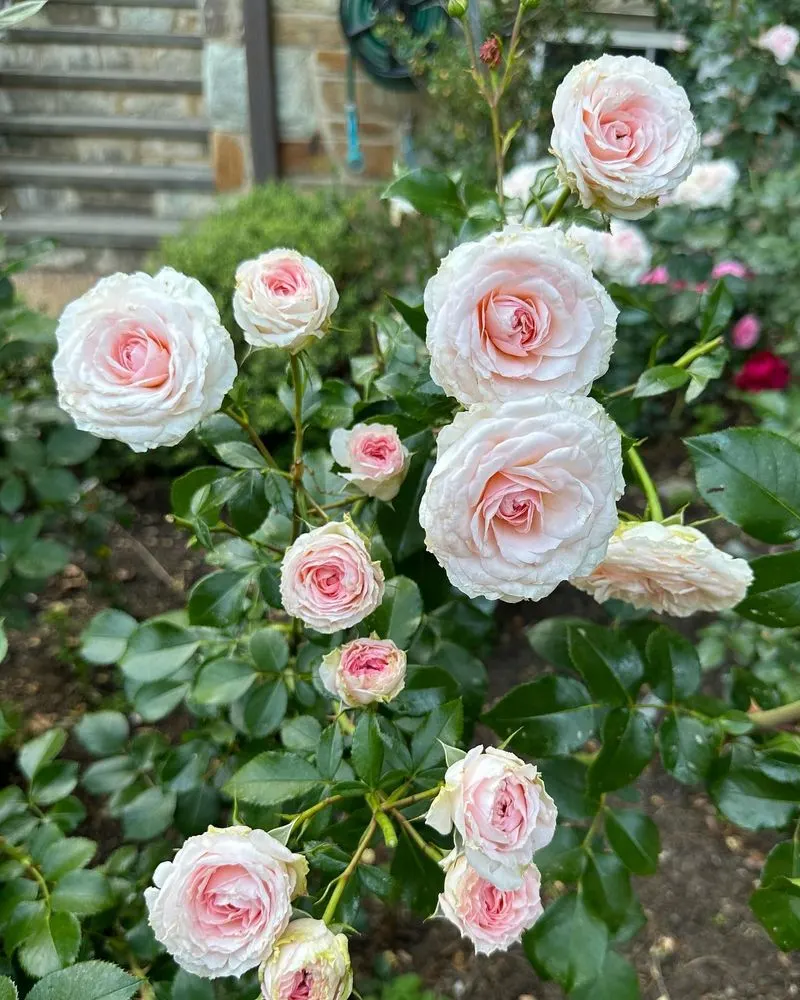
Roses, the classic symbol of love and beauty, enjoy the nutrient boost provided by coffee grounds. The grounds offer a slow-release of nitrogen, promoting healthy growth and vivid blooms.
Incorporating coffee grounds into their soil can also deter pests, providing an added benefit for rose enthusiasts. Regular use can enhance the vibrancy of both foliage and flowers.
By understanding roses’ appreciation for coffee, gardeners can elevate their floral displays. These beloved flowers continue to captivate with their beauty, complemented by the simple addition of coffee grounds.
Blueberries
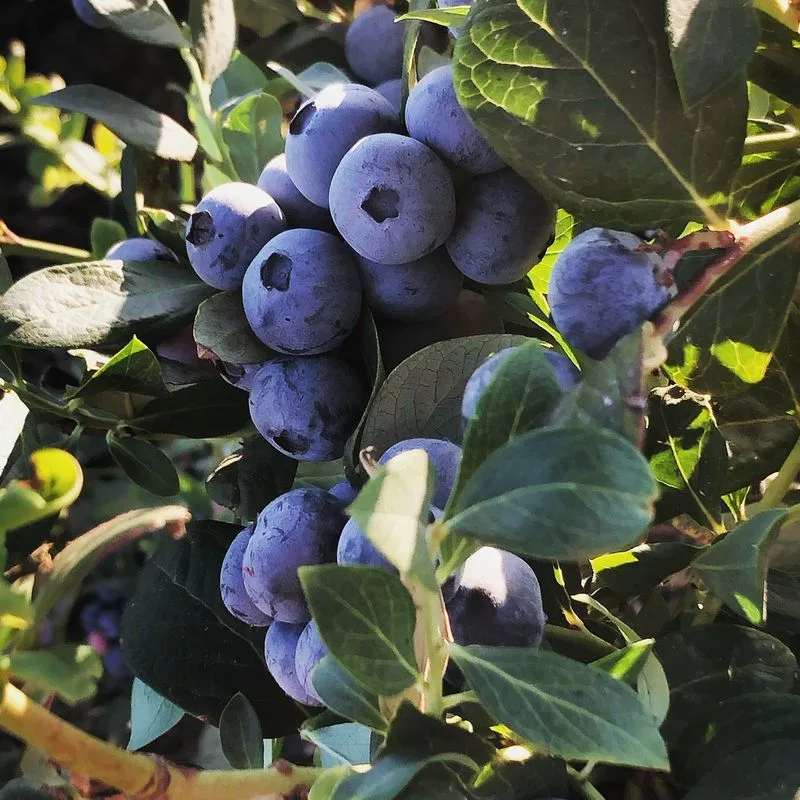
For blueberry bushes, coffee grounds are a gardener’s secret weapon. They thrive in acidic soil, and coffee provides the perfect pH adjustment.
Regularly adding coffee grounds can enhance berry production and flavor, ensuring a bountiful harvest. This natural pairing is celebrated by gardeners who enjoy both berries and sustainable practices.
With coffee grounds, blueberries not only produce more fruit but also develop a richer taste. Their compatibility with coffee grounds makes them a rewarding choice for those looking to maximize their garden’s output.
Gardenias
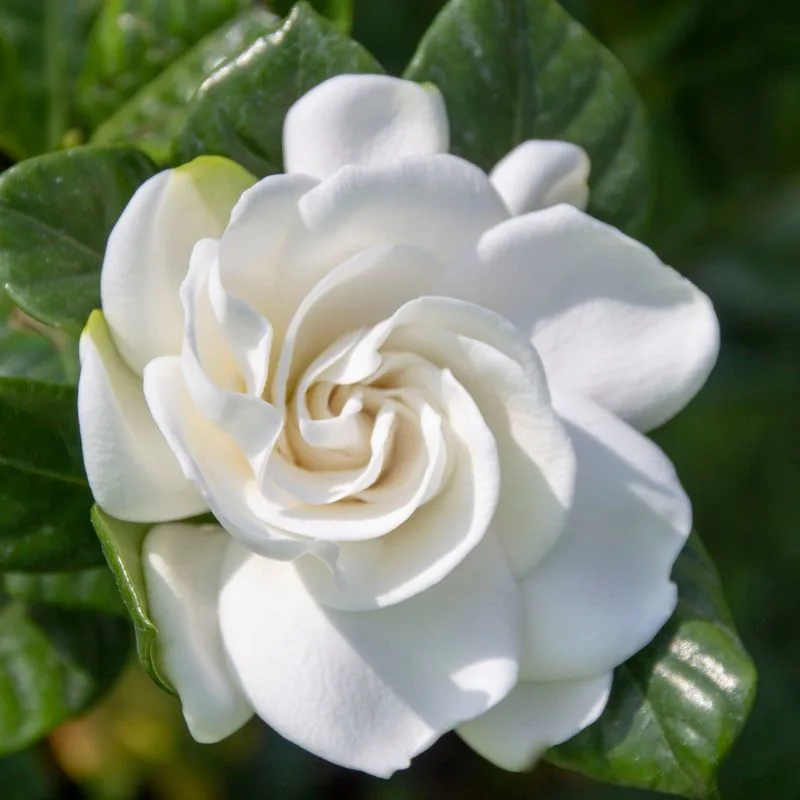
Gardenias are synonymous with fragrant elegance, and coffee grounds play a vital role in their care. The acidity and nutrients in coffee support gardenia growth and flowering.
Integrating coffee grounds can improve soil health, aiding in the development of gardenias’ glossy leaves and aromatic blooms. This practice aligns with the needs of these fussy yet rewarding plants.
Gardenias’ fondness for coffee grounds reveals their need for specific conditions, ensuring they remain a cherished addition to any garden or indoor plant collection.
Hydrangeas
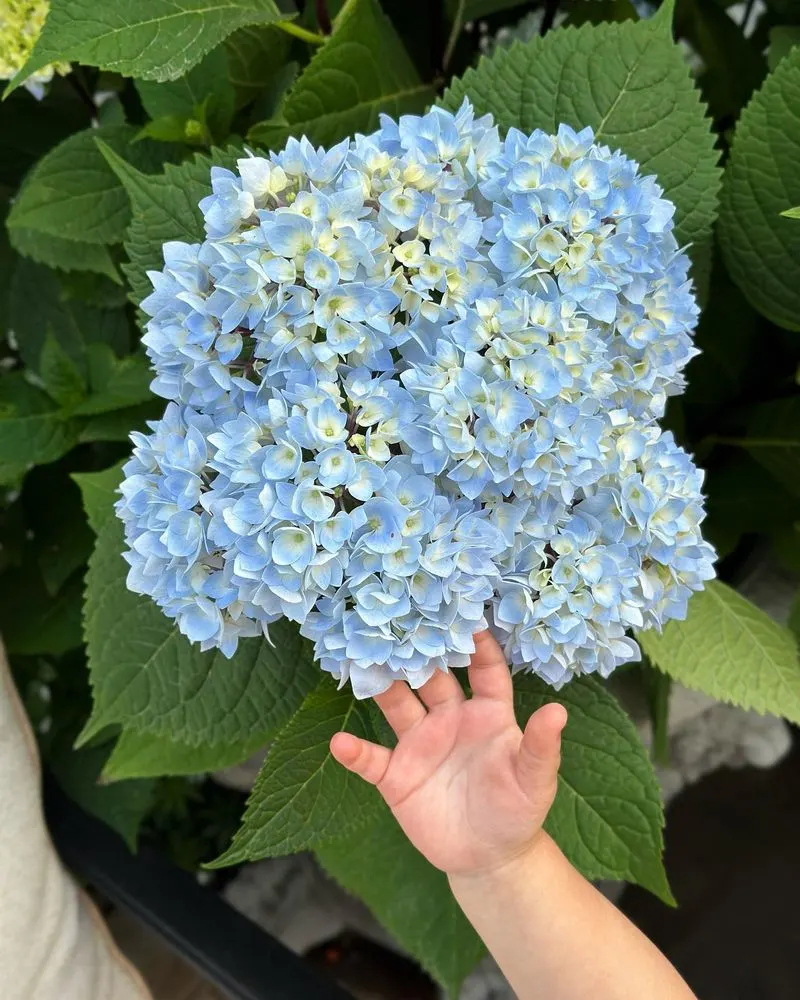
Hydrangeas offer vibrant displays, and coffee grounds can influence their color. The acidity from coffee can turn hydrangea blooms a stunning blue shade, delighting gardeners with the transformation.
Incorporating coffee grounds also enhances soil texture and health, supporting the hydrangeas’ overall growth. This natural amendment is a favorite among those looking to experiment with bloom colors.
By understanding the relationship between coffee grounds and hydrangeas, gardeners can enjoy both beauty and creativity in their plantings. The results are both visually and horticulturally rewarding.
Camellias
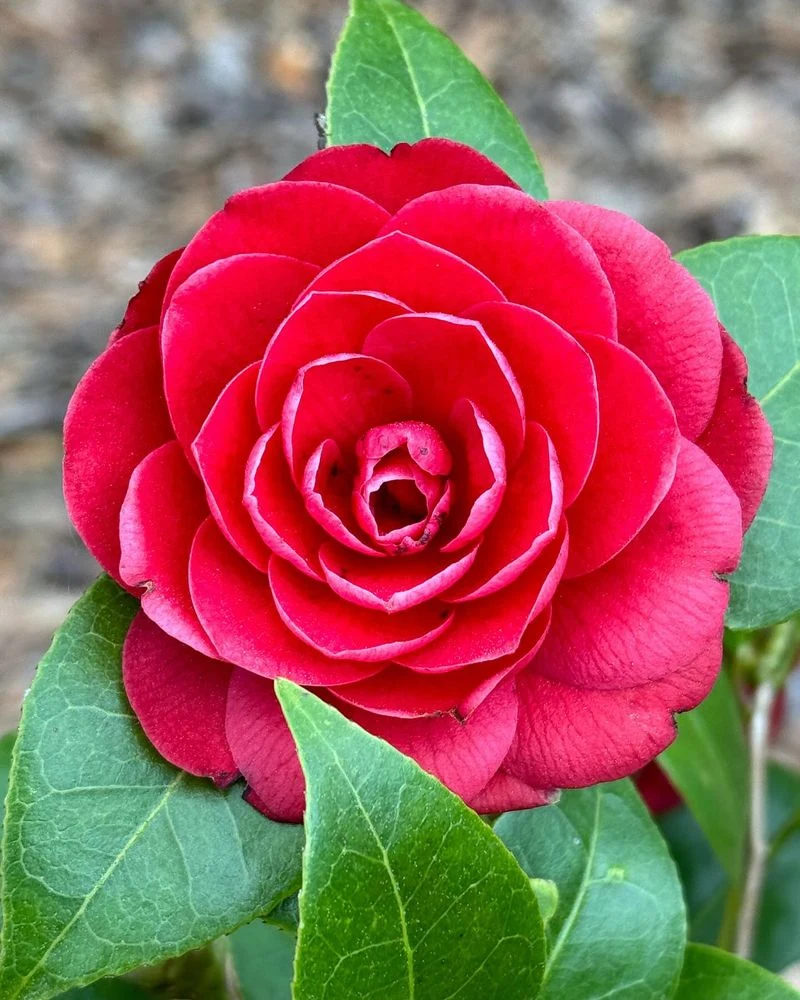
Camellias, with their stunning blooms, thrive in acidic conditions. Coffee grounds provide the necessary pH, enhancing their growth and flower production.
Regular applications of coffee grounds can lead to more robust blooms and healthier foliage, making them a favorite among camellia enthusiasts.
This harmonious relationship between camellias and coffee grounds highlights the importance of understanding plant preferences, ensuring these elegant flowers remain a highlight in any garden setting.
Rhododendrons
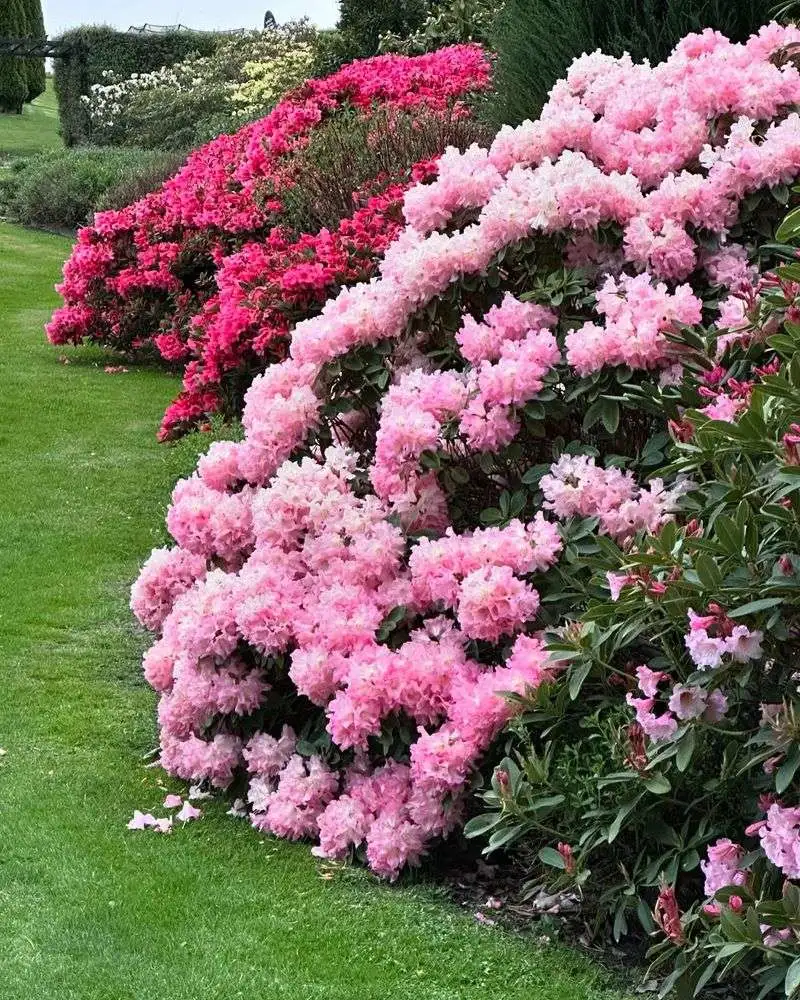
Rhododendrons, known for their impressive blooms, are fans of acidic soil, and coffee grounds are a perfect match. This combination can enhance bloom size and color vibrancy.
Incorporating coffee grounds into their care routine supports healthier leaves and flowers, creating a stunning garden display.
Gardeners who embrace coffee grounds will find their rhododendrons reward them with breathtaking blooms, showcasing the beauty of aligning plant care with natural amendments.
Carrots
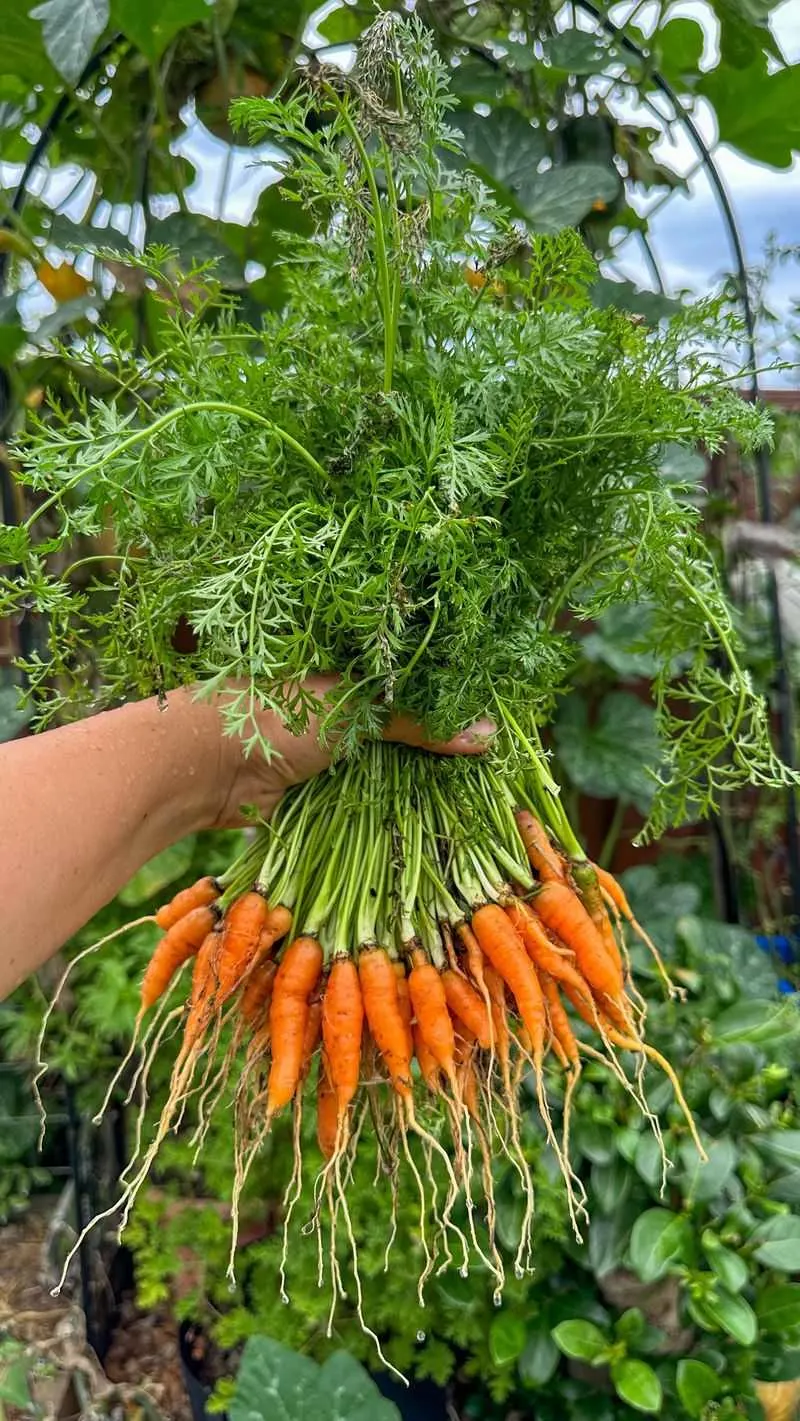
Carrots have a unique relationship with coffee grounds, benefiting from the added organic matter and nitrogen. This combination supports healthier root development and more flavorful harvests.
Adding coffee grounds can improve soil structure, making it easier for carrots to grow straight and strong. This practice is a win for both garden productivity and sustainability.
By integrating coffee grounds, gardeners can expect an enhanced crop of carrots, both in quality and quantity. This simple addition to the gardening routine yields delicious results.
Radishes
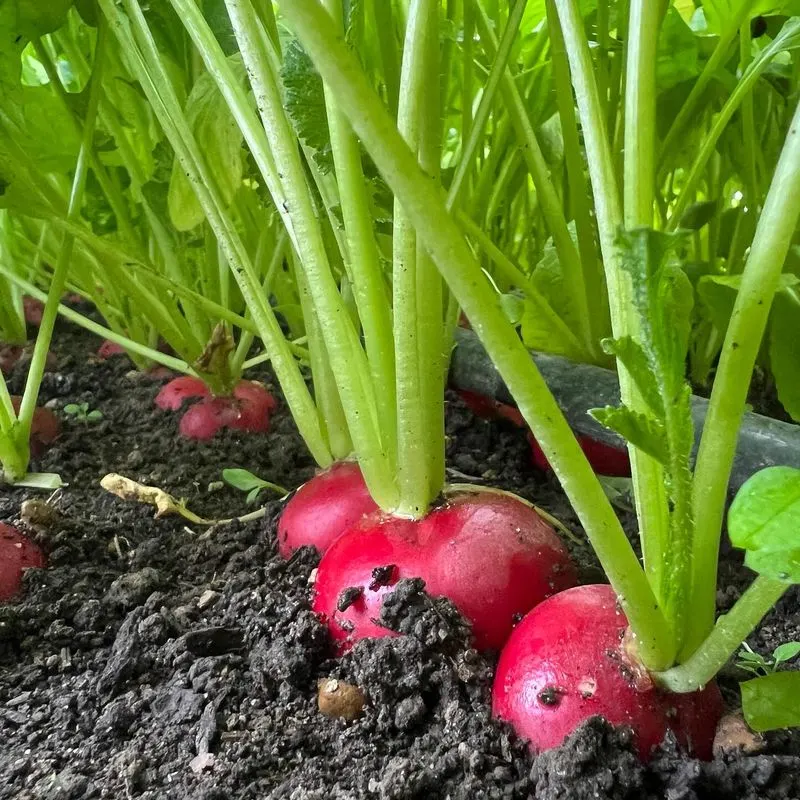
Radishes, with their peppery bite, enjoy the nutrient boost provided by coffee grounds. The organic matter supports rapid growth and improved flavor.
Coffee grounds contribute to soil texture and moisture retention, crucial for radishes’ quick maturation. This sustainable practice enhances garden efficiency.
Gardeners who include coffee grounds in their radish care can anticipate a thriving crop, with roots that are both spicy and crisp. The harmony between radishes and coffee grounds showcases the benefits of eco-friendly gardening.
Tomatoes

Tomatoes are garden favorites, and coffee grounds can enhance their growth and yield. The grounds provide nitrogen, supporting healthy foliage and fruit production.
Using coffee grounds also deters pests, offering a natural defense for tomato plants. Regular applications contribute to both plant vigor and harvest quality.
By recognizing tomatoes’ affinity for coffee grounds, gardeners can enjoy bountiful and vibrant crops. The combination of coffee grounds and tomatoes represents a fruitful partnership in sustainable gardening.

